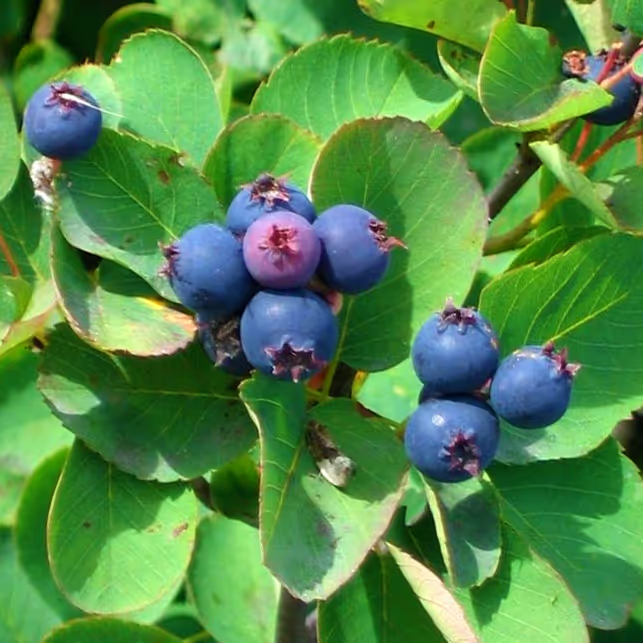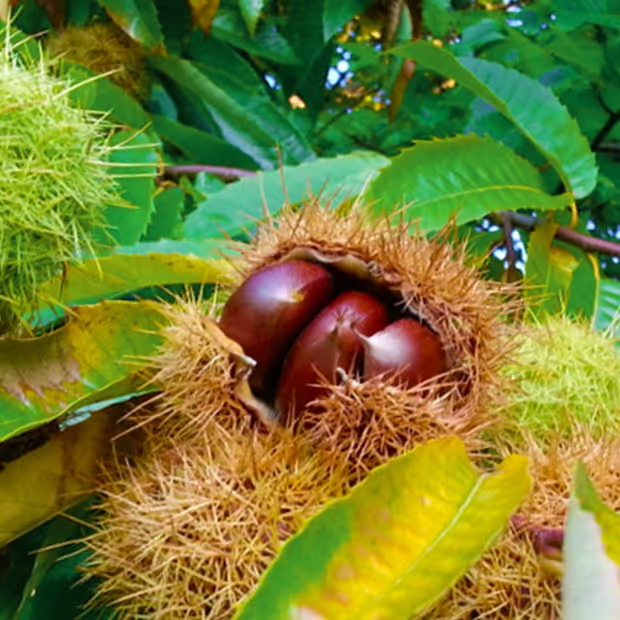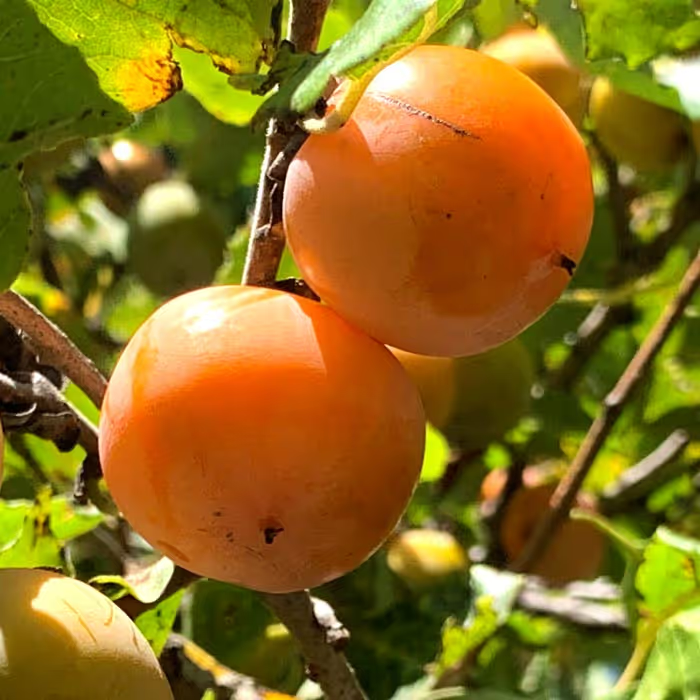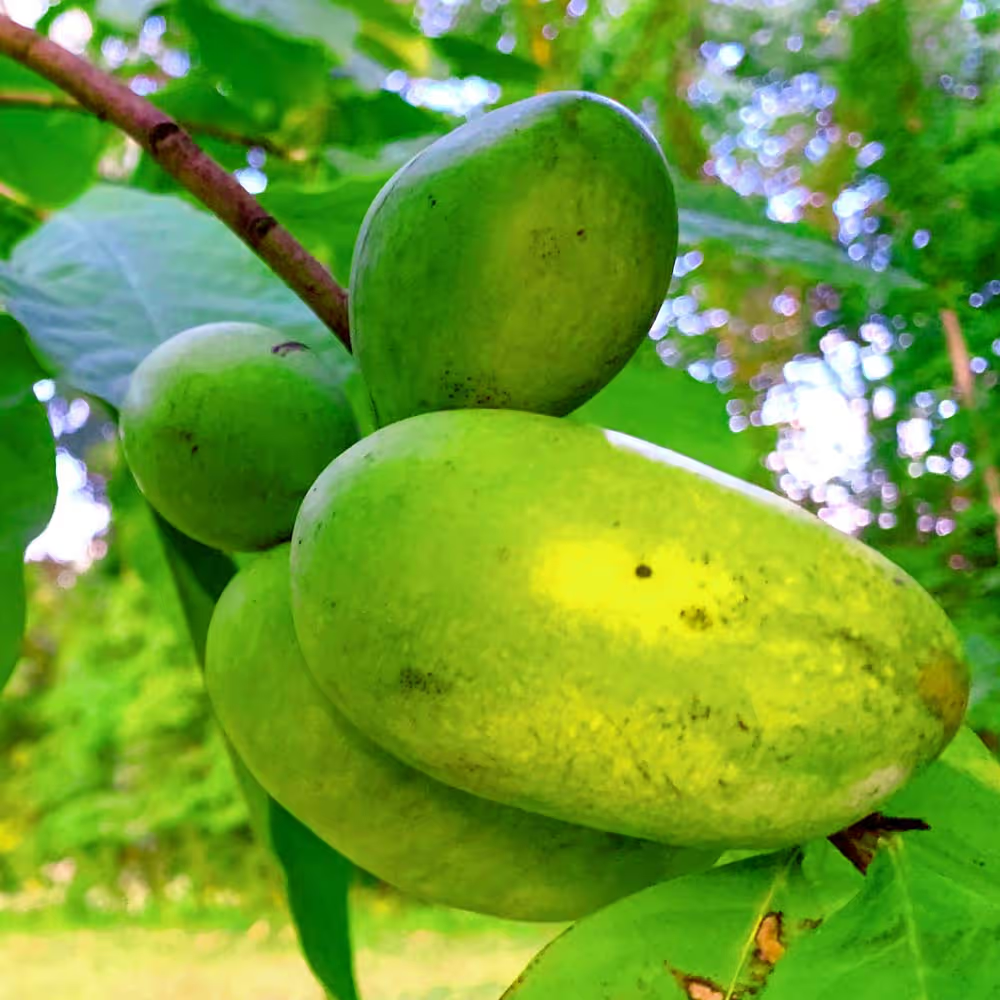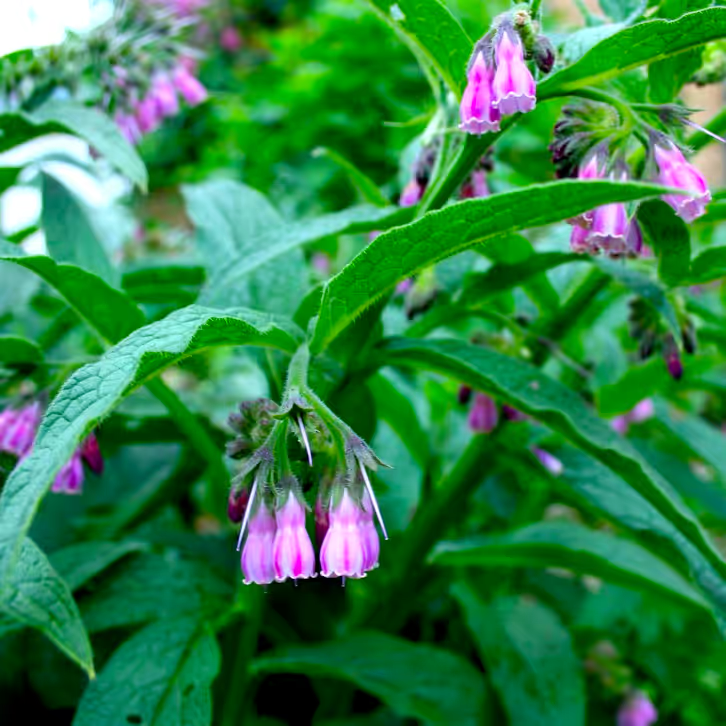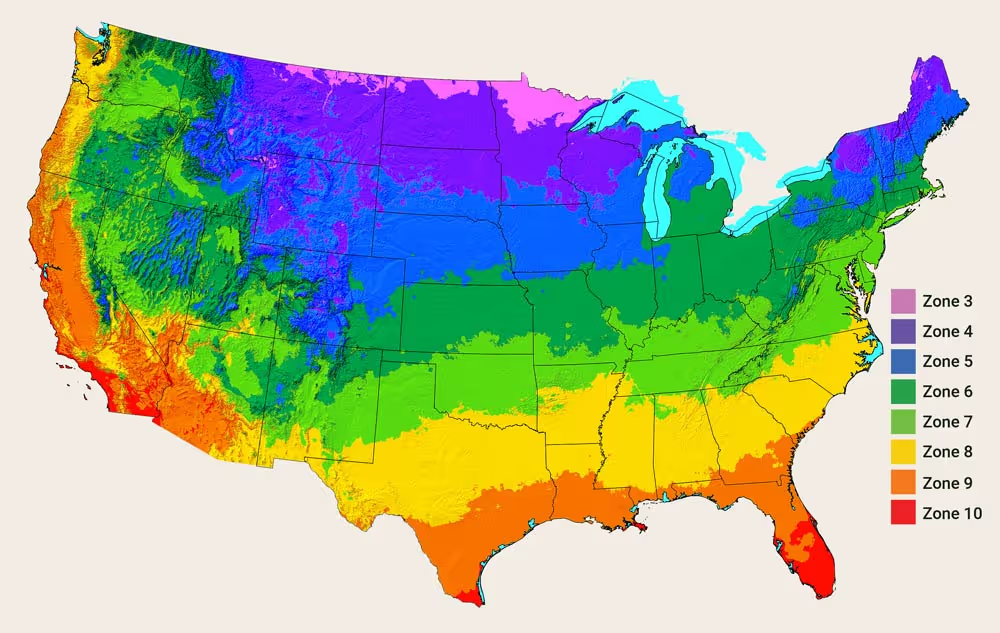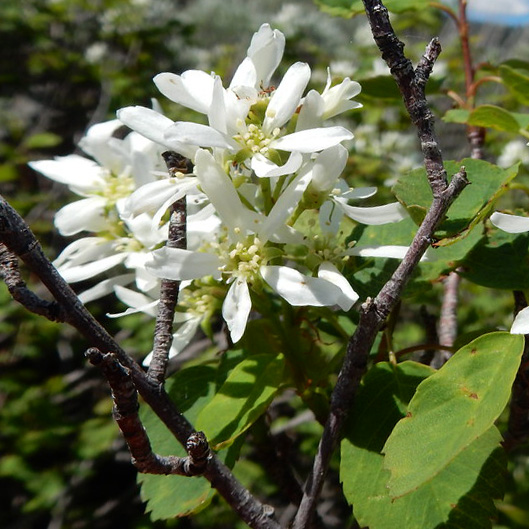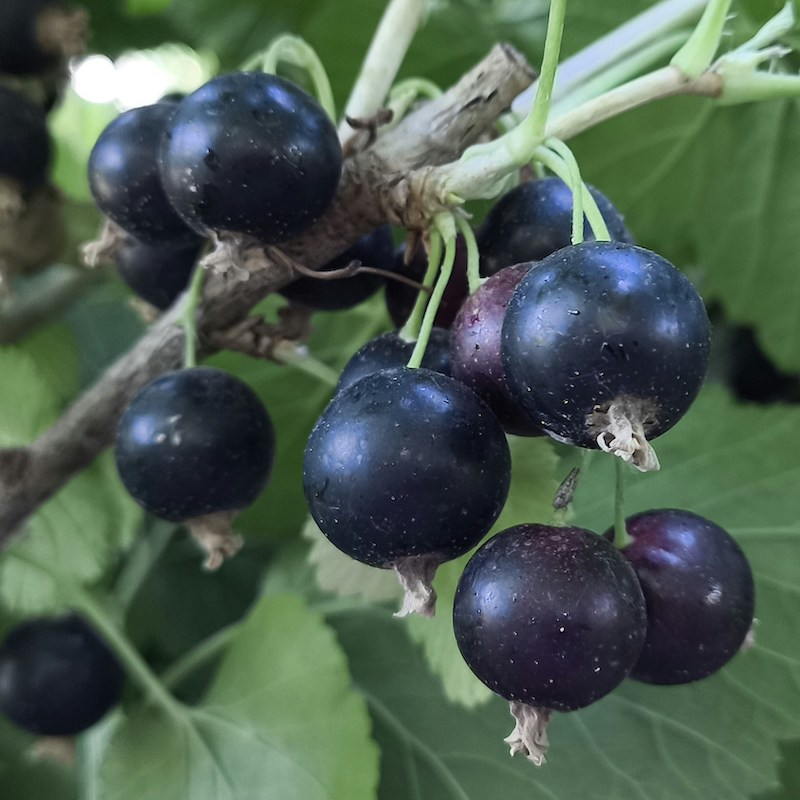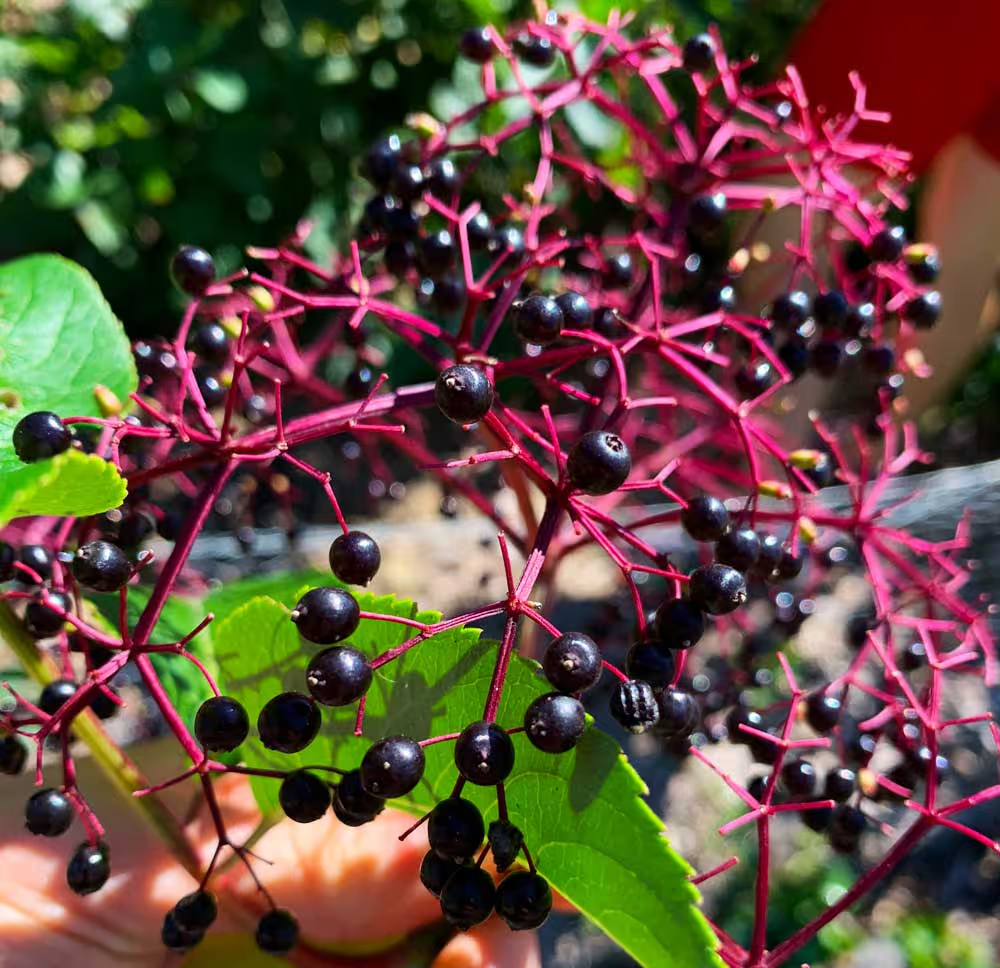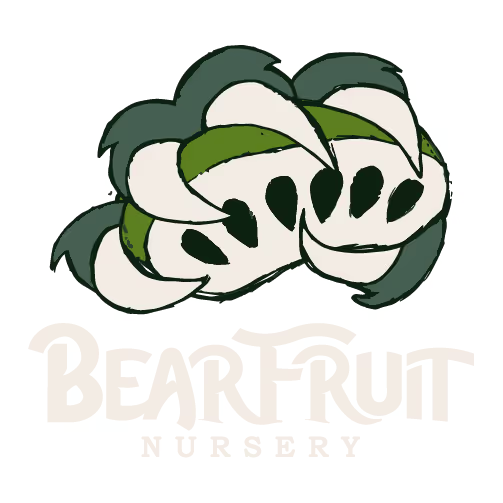Why Plant Regent Serviceberry?
Unlock the beauty and bounty of early spring with our Regent Serviceberry bare root shrubs — the ideal addition to food gardens, wildlife habitats, permaculture plantings, and productive landscapes. Regent Serviceberries are often described as the best tasting Amelanchier berry and may just be our favorite berry at BearFruit nursery. Similar in color, size, and flavor to blueberries but with the welcomed twist of applesauce flavor notes; Regent serviceberries are one of the first berries of the growing season ripening in late May in early June in our Indiana climate.
- Early Fruit Production — Compared to many serviceberry cultivars, Regent often bears fruit sooner while maintaining reliable yields.
- Cold-Hardy & Adaptable — Performs well across USDA zones 4–8, tolerating a variety of soils and conditions.
- Wildlife Magnet — Birds, pollinators, and beneficial insects love this shrub.
- Ornamental Appeal — White spring flowers, lovely summer foliage, and vibrant autumn tones make it an all-season standout.
- Healthy, Nutritious Fruit — Sweet, flavorful berries that are delicious fresh, baked, or preserved.
Why Buy Our Bare Root Regent Serviceberry?
At BearFruit Nursery, we specialize in raw-root (bare root) propagation to deliver strong, healthy plants with minimal transplant shock. Our practices include:
- Outdoor root training in native or amended soils to foster robust, fibrous root systems
- No container growth — eliminates circling roots and encourages natural root spread
- Zero synthetic pesticides, herbicides or chemical fertilizers — we rely on compost, leaf mulch, and local materials
- Locally adapted stock — our plants are grown in Indiana’s climate, ensuring resilience in similar growing regions
- Dormant shipping — we ship your plants only once they enter full dormancy, protecting the roots and reducing stress in transit

